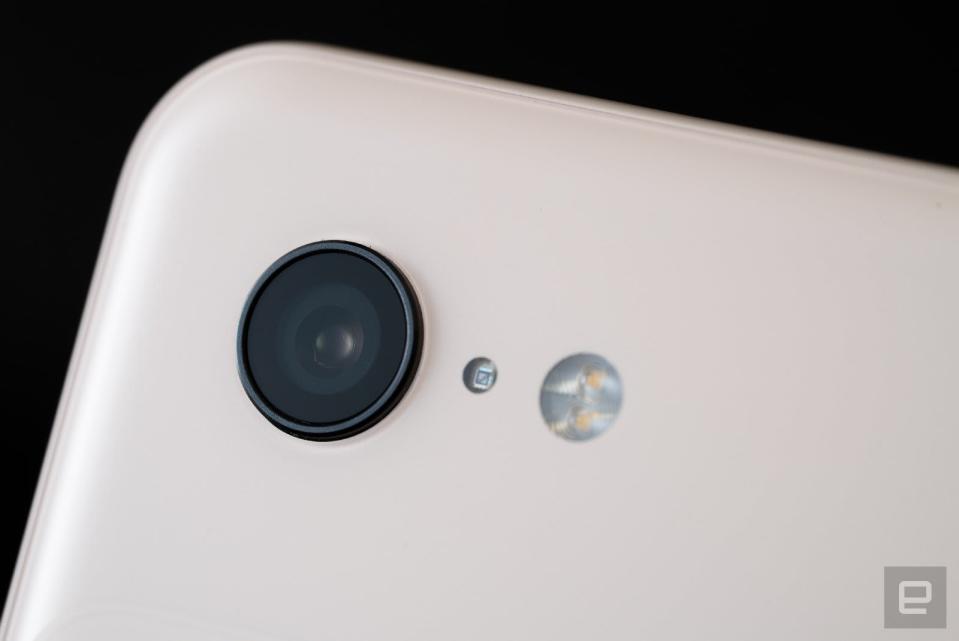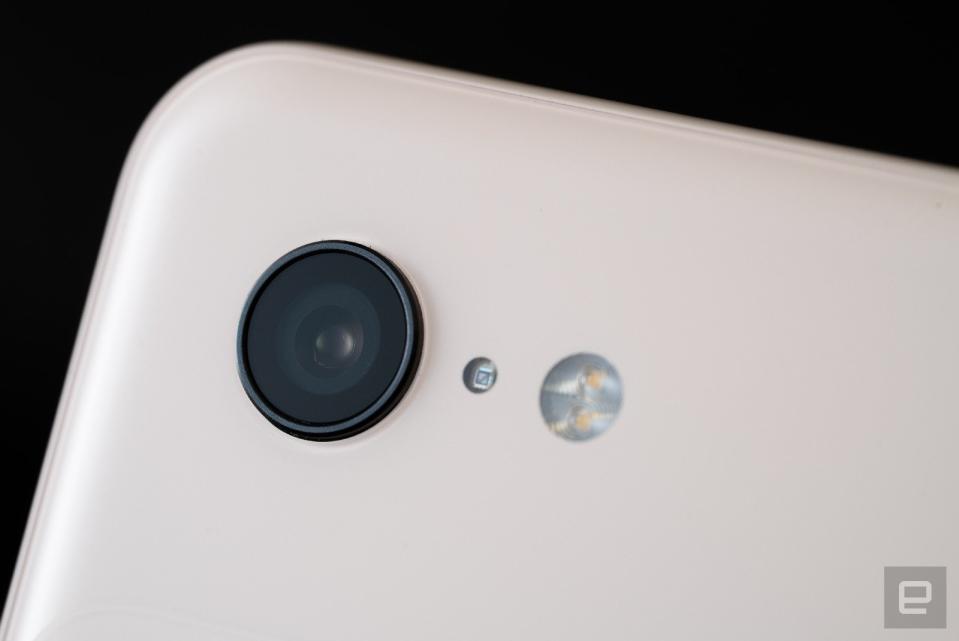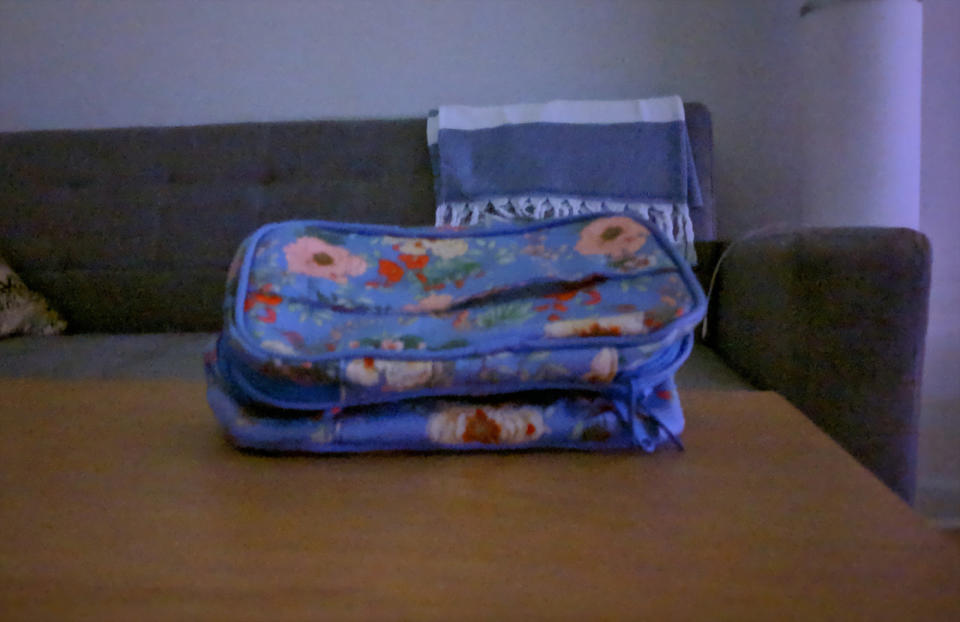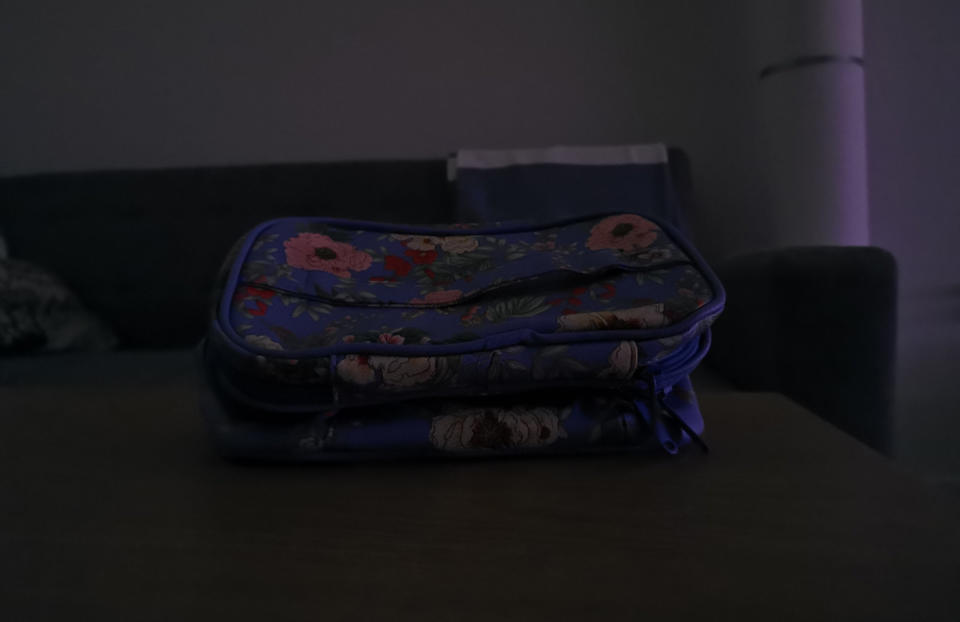The Pixel 3 has 2018’s best smartphone camera
The competition was close, though.
Let's be honest. We're a generation obsessed with taking and sharing photos. In recent years, our phone cameras have become so capable they've essentially killed point-and-shoots. This year, Huawei released a phone with three cameras on its rear, forcing us to wonder if we have officially gone too far with our sensor obsession. But companies like Apple and Google continue to prove that good software is a key part of a solid camera while Samsung's flagships remind us that there is room for innovation in mechanisms like dual aperture and dual-pixel autofocus. Ultimately, though, the best camera would deliver a mix of clever software with high-quality glass, and 2018's flagships did not disappoint.
We put four of this year's biggest (literally and figuratively) devices -- the Pixel 3 XL, the iPhone XS Max, the Huawei Mate 20 Pro and the Galaxy Note 9 through a thorough battery of tests to duke it out.
Testing methodology
Because we all have crazy workloads, Team Engadget divvied up the camera testing among four staffers: managing editor Terrence O' Brien, senior mobile editor Chris Velazco, Engagement editor Evan Rodgers and myself. Since he's a dad to three fur babies and a human baby, Terrence tested the phones for speed and autofocus on moving subjects. As the resident selfie queen, I took care of portraits both of other people and myself.
To minimize variables, we had each person shoot with the same four devices. Before each test, we would first clean the lens and frame up shots as close to identical as we could across the phones. We'd also ensure we were using full auto mode (unless otherwise specified) and that settings that could interfere with results, like beauty mode, were turned off. If we did one thing on a phone, like use the volume button to take a picture instead of tapping the on-screen trigger, we'd do it across all four devices. But for the most part we used the software shutter button to minimize shake. You can view all of our full-size test pictures on this Flickr album -- the file names will tell you which phone shot each image.
Color and clarity
No surprise here: All four cameras delivered vivid colors and clear details in most situations. In daylight, they produced beautiful shots, though the Pixel 3's photos often felt darker and more muted, especially next to the Note 9's and Mate 20 Pro's. Huawei's phone in particular had a tendency to bump up contrast and saturation in a way that will please fans of Instagram filters but tick off photographers who prefer to do their own post-processing. The iPhone and Note 9 were surprisingly similar in rendering colors, but Samsung's software is inconsistent and sometimes took pictures that had higher contrast and were richer than other shots.
Evan shot a bowl of fruit and random paraphernalia to test color reproduction, and the iPhone XS had the most realistic image. The Pixel 3 and Mate 20 Pro did a lot of image processing, which can result in pictures that look artificial, but they were mostly faithful to real life. The Note 9 fared the worst but only by a small margin, struggling most with color balance.
The Pixel 3 bested the rest in tricky lighting situations. Under the warm halogen light in our office reception area, Google's flagship delivered the best exposure and details, capably rendering all the shadows and lines in a colorful globe. The Mate 20 Pro came in close behind with a balanced image while the iPhone's picture was accurate but not impressive. The Note 9 struggled with color balance like it did with the fruit bowl, but it was pleasantly punchy.
The winner for this section boils down to personal preference. If you'd rather have neutral pictures that you can tweak yourself afterwards, the Pixel is your best bet. Those who just want their images to pop and don't mind a little inconsistency will appreciate the Mate 20 Pro and Note 9. There are plenty of other factors to consider, though, like low-light performance and overall ease of use.
Low-light performance
Chris used the phones to shoot a pair of sneakers in our office in the dead of the night. Here, the Mate 20 Pro was the clear winner, followed by the Note 9, the iPhone XS Max and the Pixel 3 XL, in that order. Huawei's phone took the brightest photo, with details so clear that even the stitches on the side of a pair of sneakers were sharp. The pictures from the other three all looked slightly muddy, and the Pixel's image was so dark that half the shoes were shrouded in shadow.
The Mate 20 Pro also beat the rest at photographing people in low light. It was the only camera of the lot to crisply portray Chris' face on a dark rooftop, and even details in the background were distinguishable. Its shot was marred by some flare from distant street lamps, but it still looked better than the competition's. The other devices took darker, yellower photos, and both the Pixel and iPhone back-focused instead of staying on Chris. The Note 9, meanwhile, seemed to be trying to smooth out his skin, even though I'd already disabled the beautifying mode.
But the Pixel is redeemed by Google's Night Sight feature, which wasn't available at the time we tested the phones. After Night Sight went live, we found that the Huawei phone has the upper hand in regular auto mode and Google delivers brighter shots in super dark environments. The Mate 20 Pro had the better, sharper picture, but in dim situations that weren't quite pitch black, Night Sight also produced cleaner results.
All four phones' front cameras delivered muddy results, albeit with decent exposure, so I could see details like the highlights in my hair and my coat buttons. The iPhone and Huawei had the most accurate colors, and the latter actually had the best selfies in a low-lit environment. But in a more challenging situation on my basically pitch-black rooftop, the Pixel was the only camera to deliver a well-lit shot of my face. And this was before Night Sight was live. The others just shot dark messes.
Portraits
The portraits I shot across the four phones had a surprising amount of variance. I photographed our handsome video producer Brian Oh with and without portrait mode, and all four phones fared well on clarity, reproducing (for better or worse) every little detail of Brian's face.
But when it came to rendering color, they varied wildly. The iPhone, for example, took richer shots with stronger yellows and oranges. In contrast, the Mate 20 Pro and Pixel 3 XL made Brian look paler than on the iPhone and gave him a bluer tone in general. The Note 9 leaned closer to the iPhone here, with a warmer cast overall. My favorite was the Mate 20 Pro's approach, which kept the whole scene closer to reality while maintaining a healthy pink flush in Brian's cheeks and lips.
But the Huawei phone was inconsistent, sometimes overexposing Brian's face. The Pixel also suffered from some issues, like back-focusing instead of latching onto my subject.
All four phones offer Portrait mode, and they did a good job of detecting the subject's face and blurring out the background. The Pixel, iPhone and Note had similar approaches that were subtle but still noticeable and pleasant while the Mate's effect was dramatic. It not only aggressively blurred out the background to make the subject stand out but also bumped up contrast and appeared to add a vignette for an exaggerated look. I liked the result, but it's not for everyone.
Of the other three, my favorite Portrait mode effect was from the Pixel 3. It had a stronger blur than the Note 9, and I preferred the more neutral colors compared to the iPhone's yellowish tone.

Selfies
Even on its front camera, the iPhone tended to take photos with warmer colors. I remember being surprised by the first selfies I shot with the iPhone XS and wondering, "Am I really that tan?" The rest of the phones took much cooler shots, though the Huawei again brought out some pinks in faces. The Pixel had the most accurate colors here, producing the best depiction of my brown hair with its blonde highlights as well as my berry-hued lipstick.
With Portrait mode on, the Pixel was also my favorite, mostly because of how effective it was at detecting the edges of my hair. It was even smart enough to identify the space between my head and Brian's and blur that out. The iPhone also did well, rendering crisp details and subtle blurring that blended smoothly into the background. But its narrow lens angle made it difficult for me to squeeze Brian into the shot. The Note 9's portrait mode was overly aggressive and blurred out Brian's ears.
Moving subjects and autofocus speed
When Terrence was snapping his son and dog running around a park one evening, the iPhone and Pixel both locked onto subjects quickly and easily and produced excellent shots. The pictures from the Pixel were slightly better in overall quality. Meanwhile, the Mate and the Note were slow to focus, especially the latter.
On several occasions, Terrence's kid had run past him and completely cleared the frame before he could get in a shot with the Samsung. The Mate on a few occasions had so much trouble locking onto the dog that photos were painfully underexposed. Despite being shot in broad daylight under a cloudless sky, they looked like they were taken in the dead of night.
Zoom and macro
Here's where Samsung finally had a chance to shine. The Note 9 was the clear winner when it came to macro shots. Terrence took a wider-framed overhead shot of several paragraphs of text, and photos from all phones came out pretty much the same. But he was able to get much closer with the Note before losing focus. The iPhone and Pixel had to be quite far away to get readable results.
The Note 9 also did well when Evan tested the phones on image quality at maximum zoom: It came in second to the iPhone. Although the pictures were muddy across the board, Apple's software was the cleanest of the lot, clearly rendering lines on a water tower and the bricks of a distant building. The Note 9 showed some bloom (softness), which can be a result of inferior lenses, but its photo still held up. The Mate 20 Pro had even more bloom and was slightly overexposed, but it still did better than the Pixel 3 XL, which didn't get as close as the other three phones and looked mushy in parts.
Interface and ease of use
A good camera not only takes great pictures but also is easy to operate. In general, the iPhone and Pixel had the cleanest, most intuitive camera apps with uncluttered, straightforward interfaces. The drawback is that they don't have as many special features and advanced tools as the Note 9 and Mate 20 Pro. But that's fine for most people.
The Mate 20 Pro in particular was finicky and confusing for Terrence, who has had less experience than Chris and me with non-mainstream phones. He kept accidentally zooming in and encountered a bewildering bunch of settings, which can frustrate most users. The symbols for toggling things like moving photos and aperture mode are similar while common modes like HDR are hidden away under Settings.
The worst, though, is when your camera doesn't behave in a way you expect, which was sometimes the case with the Note 9. It often felt like it had a mind of its own: Tap to focus didn't always work the way Chris wanted because the phone decided to lock onto something else.
Wrap-up
Ultimately, the best camera should appeal to the largest amount of people. Not everyone wants their photos to look warmer or more saturated. For photos that are clear and realistic, the Pixel 3 is king, and it's what the four of us agree is the best camera of the lot. It blends software smarts, accurate colors and crisp details with a straightforward interface. Google's magical Night Sight feature also gives the Pixel a boost that propels it to the top of the ranks in low-light performance. Throw in a helpful wide-angle selfie camera and superior Portrait mode processing and the Pixel pulls further ahead of the competition.
The iPhone XS is still a close second though. Its portraits tend to be a little on the orange side, but in general Apple's software renders accurate colors and excellent clarity.
The Mate 20 Pro and Galaxy Note 9 are also capable shooters; they just have some minor and occasionally frustrating quirks. Those who like digging into bonus features will appreciate the myriad options these two cameras offer, and fans of dramatic photos will adore the Mate 20 Pro. But Samsung and Huawei's app interface can be difficult to navigate and inconsistent.























































